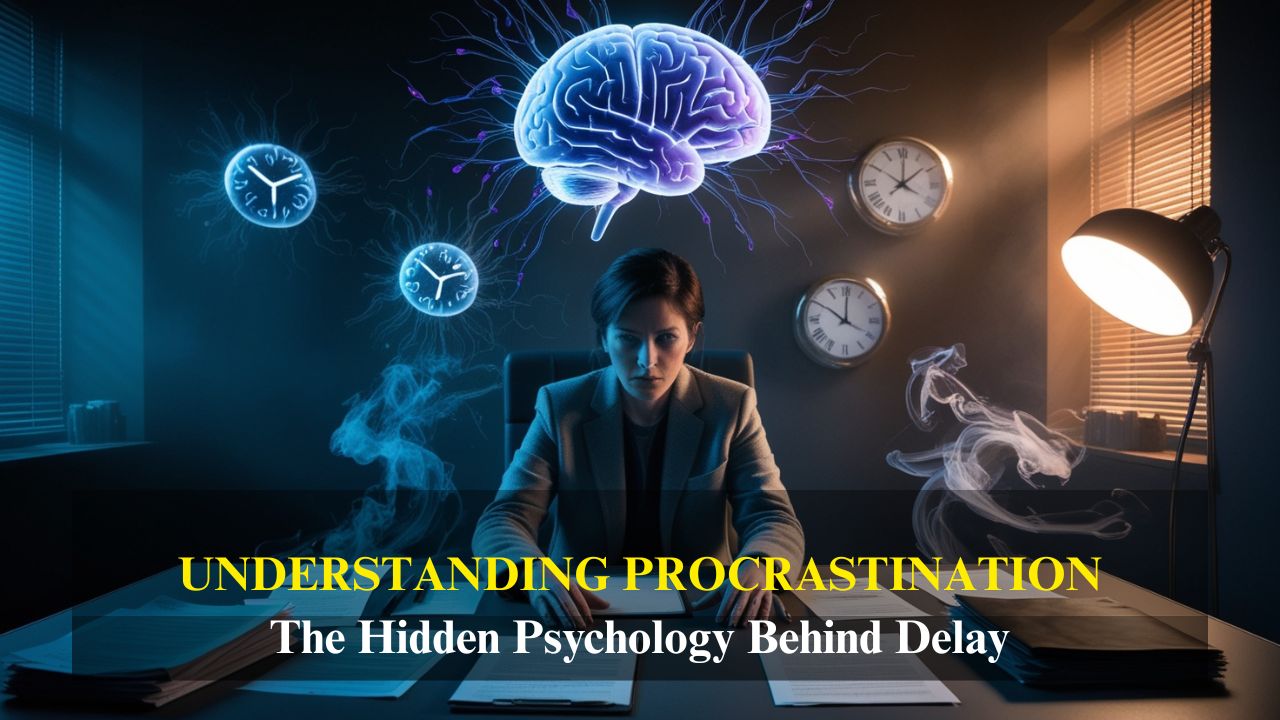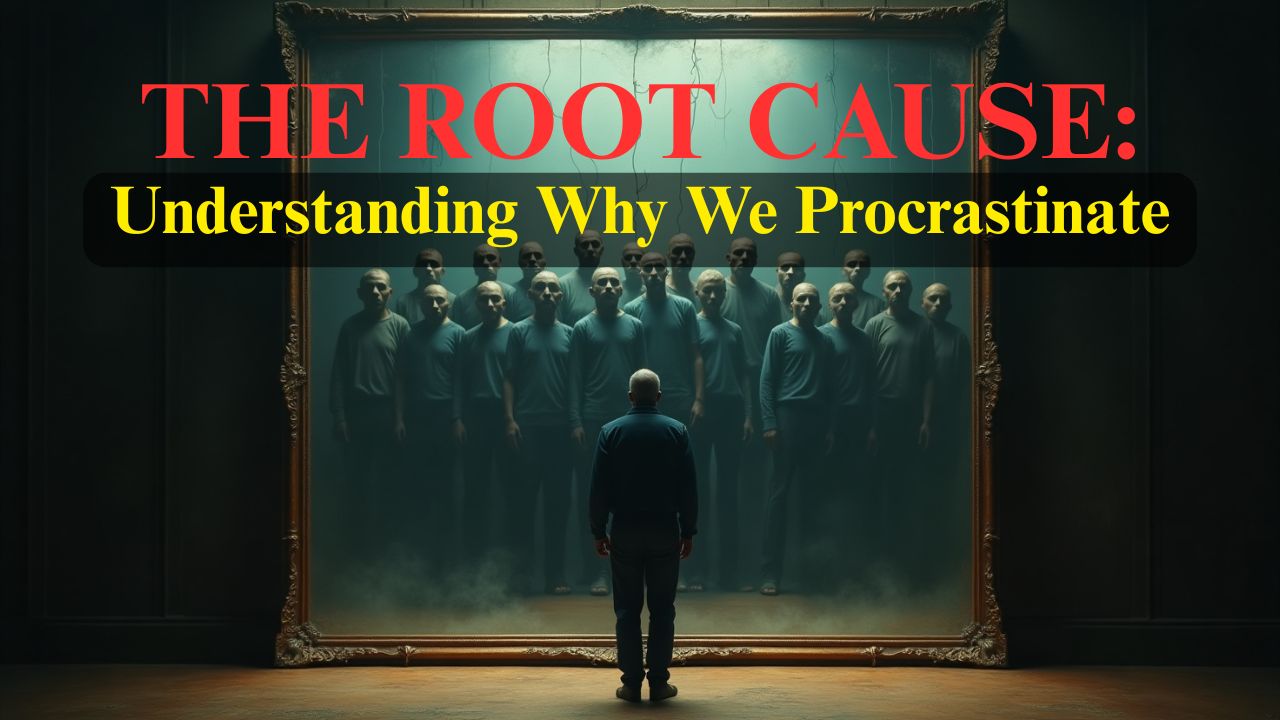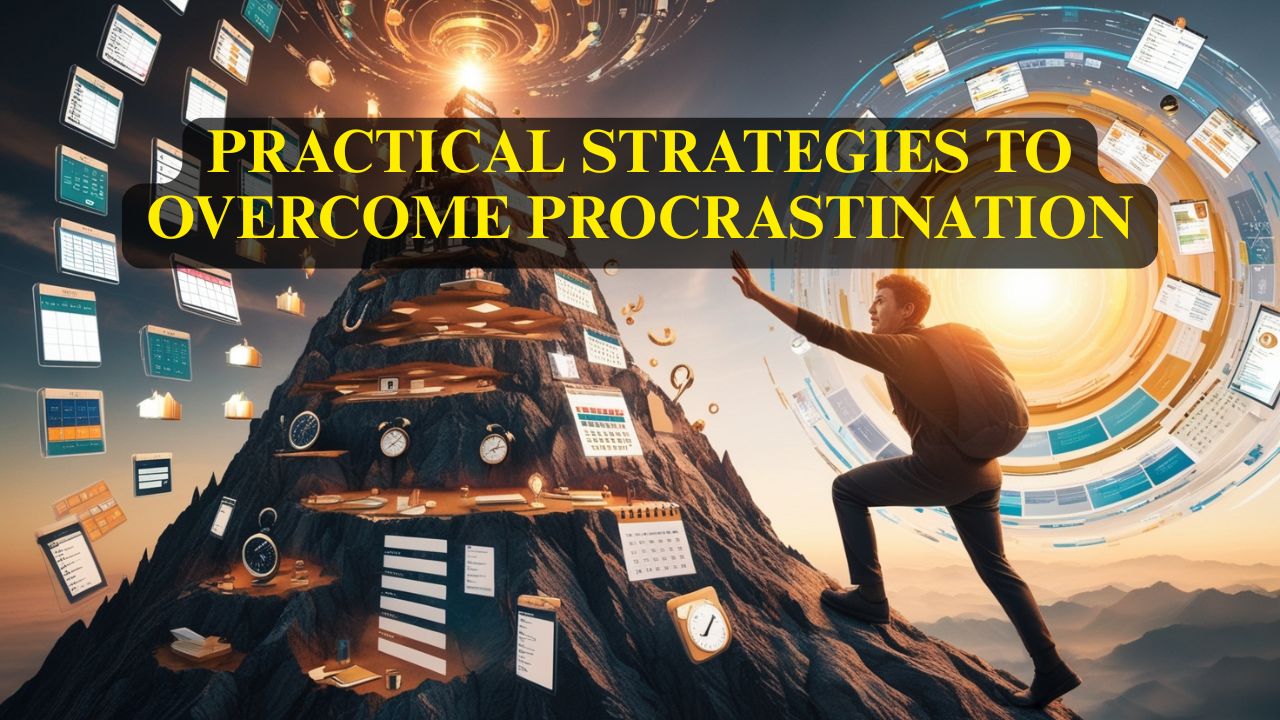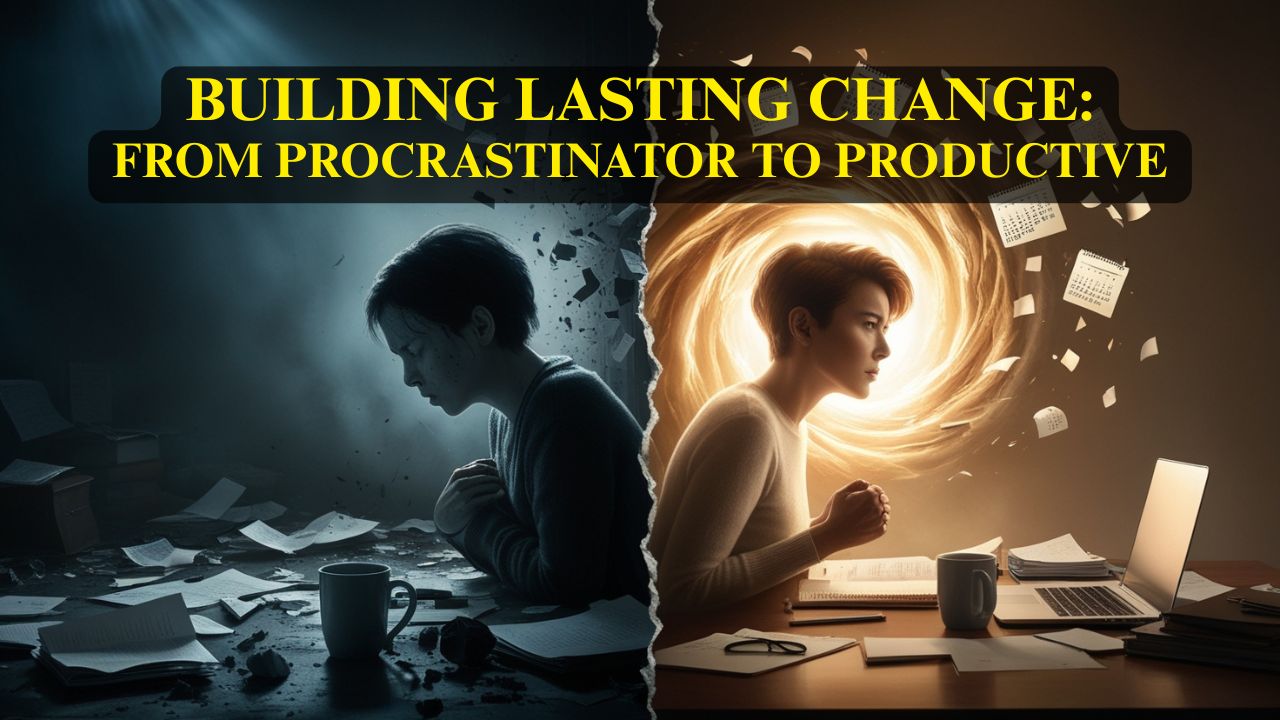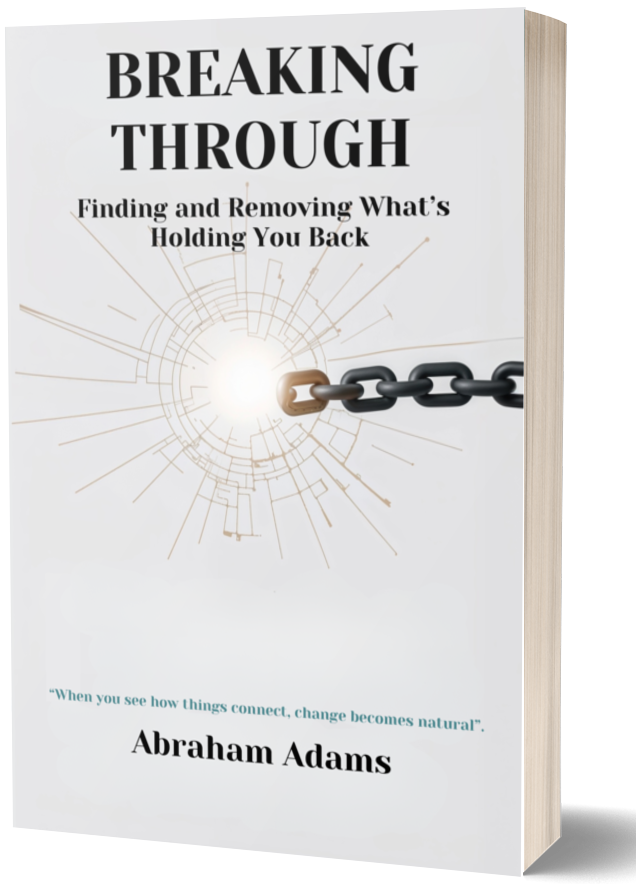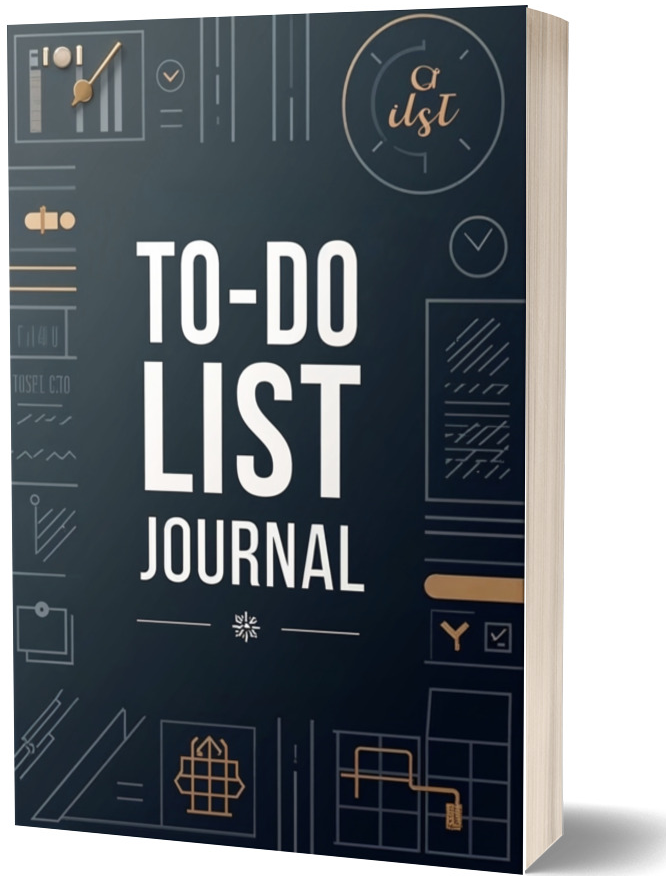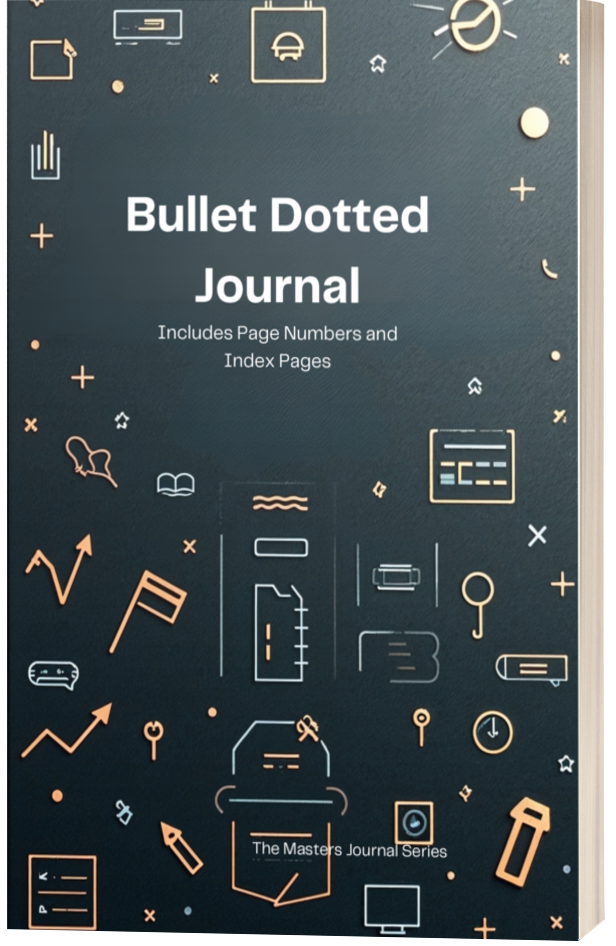Practical Strategies to Overcome Procrastination
Armed with understanding of what procrastination is, your personal patterns, and the root causes driving your behavior, you're ready to implement concrete strategies for change. This article provides evidence-based techniques that address both the emotional and practical aspects of procrastination.
The Foundation: Self-Compassion
Before diving into specific techniques, establish a foundation of self-compassion. Research shows that self-criticism actually increases procrastination, while self-compassion creates the psychological safety needed for behavior change.
When you notice procrastination:
- Acknowledge it without judgment: "I notice I'm procrastinating right now"
- Recognize it's a common human experience: "Many people struggle with this"
- Offer yourself kindness: "This is a difficult moment, and it's okay to feel this way"
Strategy 1: The Two-Minute Rule
If a task takes less than two minutes, do it immediately. This prevents small tasks from accumulating and becoming overwhelming. For larger tasks, commit to working on them for just two minutes. Often, starting is the hardest part, and you'll find yourself continuing beyond the two-minute mark.
Strategy 2: Task Decomposition
Break overwhelming tasks into smaller, specific steps. Instead of "write report," try:
- Research three key sources
- Create outline with main points
- Write introduction paragraph
- Draft first section
- Review and edit first section
Each small step feels manageable and provides a sense of accomplishment that motivates continued progress.
Strategy 3: The Pomodoro Technique
Work in focused 25-minute intervals followed by 5-minute breaks. After four intervals, take a longer 15-30 minute break. This technique works because:
- It makes work feel finite and manageable
- Breaks prevent mental fatigue
- The timer creates gentle accountability
- It helps you track your actual productivity
Strategy 4: Implementation Intentions
Create specific "if-then" plans for procrastination triggers. For example:
- "If I feel overwhelmed by a project, then I will write down three specific next steps"
- "If I find myself scrolling social media, then I will put my phone in another room and work for 15 minutes"
- "If I start thinking 'this has to be perfect,' then I will remind myself that done is better than perfect"
Strategy 5: Environment Design
Structure your environment to make productive behavior easier and procrastination harder:
Remove Temptations
- Use website blockers during work time
- Put your phone in another room
- Clear your workspace of distractions
- Create a dedicated work area
Add Friction to Distracting Activities
- Log out of social media accounts
- Put recreational books/games in harder-to-reach places
- Remove apps from your phone's home screen
- Turn off all notifications during work time
Make Good Choices Easier
- Prepare your workspace the night before
- Keep necessary supplies easily accessible
- Have water and healthy snacks available
- Set up visual reminders of your goals
Strategy 6: The Forgiveness Approach
When you procrastinate, practice immediate self-forgiveness. Research by Dr. Michael Wohl found that students who forgave themselves for procrastinating on their first exam were less likely to procrastinate on subsequent exams.
The process:
- Acknowledge what happened without minimizing or excusing
- Accept responsibility without harsh self-judgment
- Commit to doing better next time
- Take immediate action, even if small
Strategy 7: Temptation Bundling
Pair tasks you need to do with activities you enjoy. For example:
- Listen to favorite music only while doing household chores
- Watch a specific show only while exercising
- Have a special coffee only when working on difficult projects
This creates positive associations with previously avoided tasks.
Strategy 8: The Next Smallest Step
When you feel stuck, ask: "What's the smallest possible step I could take right now?" This might be:
- Opening the relevant document
- Reading one paragraph
- Writing one sentence
- Making one phone call
- Organizing one file
Focus only on that single step, not the entire project.
Strategy 9: Accountability Systems
Create external accountability to overcome internal resistance:
- Work alongside others (body doubling)
- Share your goals with a trusted friend
- Join or create a work group
- Use apps that track your progress
- Schedule regular check-ins with a mentor or coach
Strategy 10: Energy Management
Align your most challenging tasks with your peak energy times:
- Track your energy levels throughout the day for a week
- Schedule important work during your natural peak times
- Use low-energy periods for routine or less demanding tasks
- Take breaks before you feel exhausted
- Maintain regular sleep, exercise, and eating schedules
Strategy 11: The "Good Enough" Mindset
Combat perfectionism by deliberately aiming for "good enough" on certain tasks. This doesn't mean lowering standards across the board, but recognizing that not everything needs to be perfect. Ask yourself:
- What's the minimum viable version of this task?
- What would 80% effort look like?
- How much time is this task really worth?
Strategy 12: Emotional Regulation Techniques
Since procrastination is often about avoiding negative emotions, develop healthier ways to cope:
Mindfulness: Notice emotions without being overwhelmed by them. Practice observing thoughts and feelings without immediately acting on them.
Progressive Muscle Relaxation: Systematically tense and release muscle groups to reduce physical tension associated with anxiety.
Breathing Exercises: Use deep breathing to activate your parasympathetic nervous system and reduce stress.
Emotional Labeling: Simply naming your emotions ("I'm feeling anxious about this presentation") can reduce their intensity.
Strategy 13: Reward Systems
Create meaningful rewards for completing tasks:
- Small rewards for daily accomplishments
- Medium rewards for weekly goals
- Larger rewards for major milestones
- Make rewards contingent on effort, not just results
- Choose rewards that align with your values and don't undermine your goals
Strategy 14: The "Minimum Effective Dose"
Find the smallest amount of work that creates meaningful progress. This might be:
- Writing for 15 minutes daily instead of trying to write for hours
- Exercising for 10 minutes instead of planning elaborate workout routines
- Reading 5 pages instead of trying to finish entire books quickly
Consistency beats intensity for building long-term habits.
Strategy 15: Cognitive Restructuring
Challenge the thoughts that fuel procrastination:
Catastrophic thinking: "What's the worst that could realistically happen?"
All-or-nothing thinking: "What would 70% success look like?"
Mind reading: "What evidence do I have for this belief?"
Perfectionism: "What would I tell a good friend in this situation?"
Creating Your Personal Strategy Toolkit
Not every strategy will work for every person or situation. Experiment with different approaches and create your personalized toolkit:
- Choose 3-4 strategies that resonate most with you
- Try each strategy for at least a week
- Notice which ones feel natural and effective
- Adapt strategies to fit your lifestyle and preferences
- Have backup strategies for different situations
Implementation Tips
Start Small: Don't try to implement every strategy at once. Choose one or two and master them before adding others.
Be Patient: Behavior change takes time. Expect setbacks and treat them as learning opportunities.
Track Progress: Keep a simple log of what strategies you try and how well they work.
Adjust as Needed: What works in one life phase or situation might not work in another. Stay flexible.
Moving Forward
These strategies provide a comprehensive toolkit for overcoming procrastination, but knowing what to do and actually doing it are different things. In our final article, we'll focus on creating sustainable change by building new habits and maintaining motivation over time.
Remember: overcoming procrastination isn't about willpower—it's about creating systems and environments that make productive behavior easier and more automatic than avoidance.

